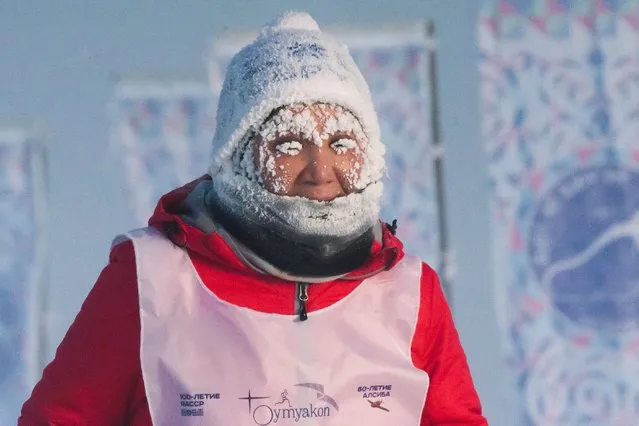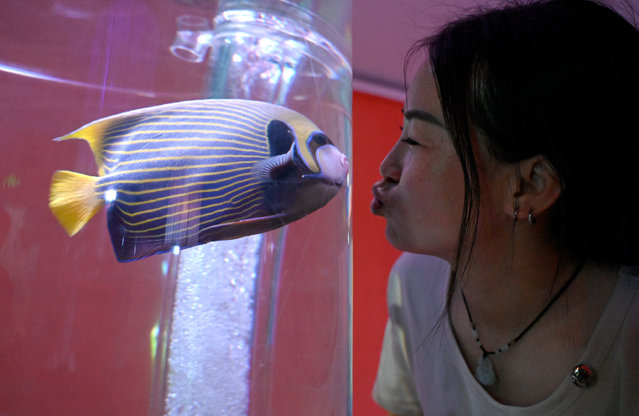
A runner takes part in the International World's coldest marathon at minus 53 degrees (–63.4 Fahrenheit) near Oymyakon, the republic of Sakha, also known as Yakutia, Russian Far East, Saturday, January 22, 2022. Sixty five runners, including athletes from the United Arab Emirates, United States and Belarus, started the run at extremely low temperature in Oymyakon, Yakutia's Pole of Cold. The international team of men and women ran full distance and half-marathon. (Photo by Ivan Nikiforov/AP Photo)
03 Feb 2022 07:25:00,post received
0 comments







